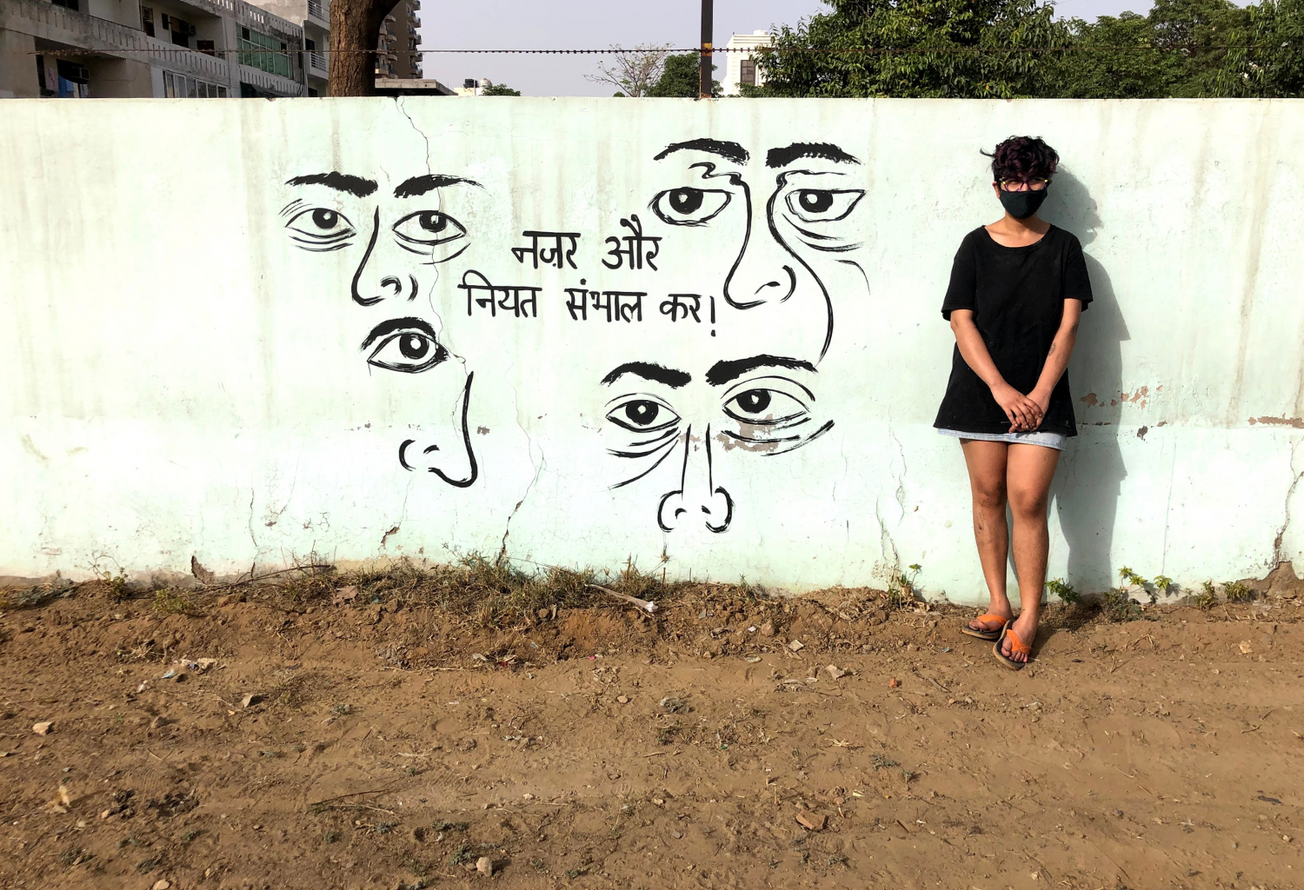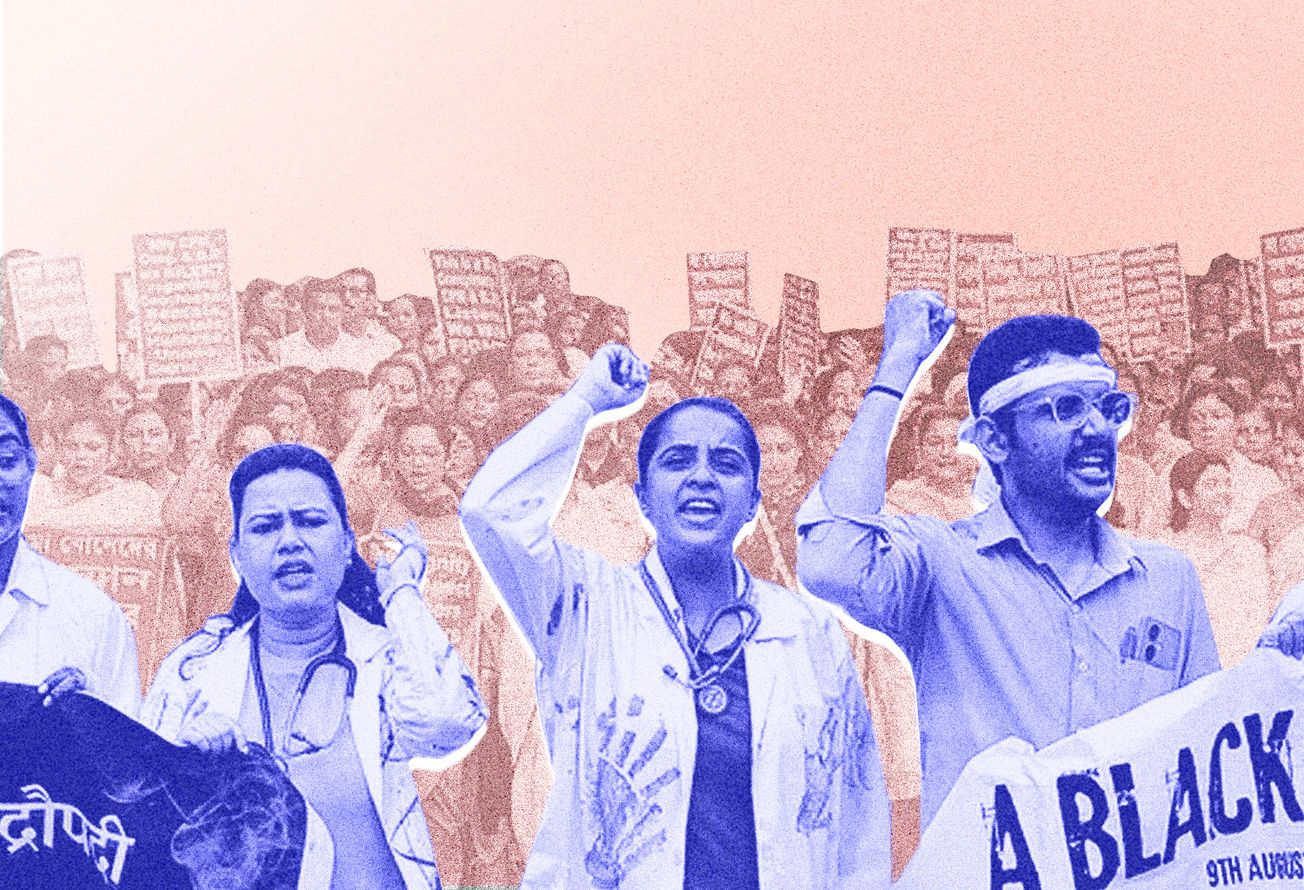Image: Wall art at the Shaheen Bagh protest site by The Fearless Collective
In her book 'Discrimination by Design', author Leslie Weisman notes the gendered nature of spatial politics, stating:
“Physical space and social space reflect and rebound upon each other.”
The publicness of public spaces is often defined by who the public is, and the nature and degree of access to these spaces is thus determined by the intersections of identities that individuals hold. Spaces and places, as well as our perceptions of them, are gendered in ways that vary across time and culture. For instance, when persons from the Inuit community on Southampton Island were asked to chart maps of their surrounding environments, the men who were hunters, recorded the island’s outline with its harbors and inlets; whereas the women’s maps were made of points that indicated the location of settlements and trading posts. While both these maps were accurate, they were shaped by the gender roles prevalent in that society.
Historically, the narrative surrounding public spaces has been rooted in patriarchal beliefs concerning gender roles wherein women were relegated to the domestic realm. Besides, the structural obstacles impeding access to public spaces only intensified for those excluded from groups that hold privilege based on caste, sexuality, religion, and physical ability. Central to these divisions is the image of the “respectable woman”—the epitome of purity, piety, submissiveness, and domesticity that private women were expected to perform when inhabiting public spaces. As such, binaries of the “private” and the “public” woman were created in which the former personified impenetrable sanctity and the latter exemplified sexual availability.
Once women began joining the workforce in larger numbers, they were tasked with the responsibility of having to justify their presence in public spaces as “respectable” by establishing links to their domestic responsibilities. This performance takes multiple forms, as Phadke et al (2011) note:
“When standing alone at a bus stop at night, many a woman will accentuate her large bag, glasses or wrinkled end-of-work-day clothes to denote that she has been at (respectable) work.”
Furthermore, this performance cannot be a one-time occurrence, rather it is a continuous demonstration of one’s femininity, the nuances of which vary depending upon the identities that the individual holds. The working woman then had to embody both morality and modernity in order to access public spaces. This “manufacturing of purpose”, as sociologist Shilpa Phadke defines it, is necessitated by society to serve a primary function—to ensure that women restricted their movement within the realms of that which is considered “appropriate” by society, by warning them of the violence, specifically sexual violence they might be exposed to in case they chose to do otherwise.
For example, the historic Shaheen Bagh protests situated the female protestors within kinship structures, forging their identity as the “dadis of Shaheen Bagh”. Here too, the female figure identifying with the paternal structure was chosen, rather than the maternal one. Globally, protests that employed familial markers, especially the maternal frame, garnered greater success than those that did not.
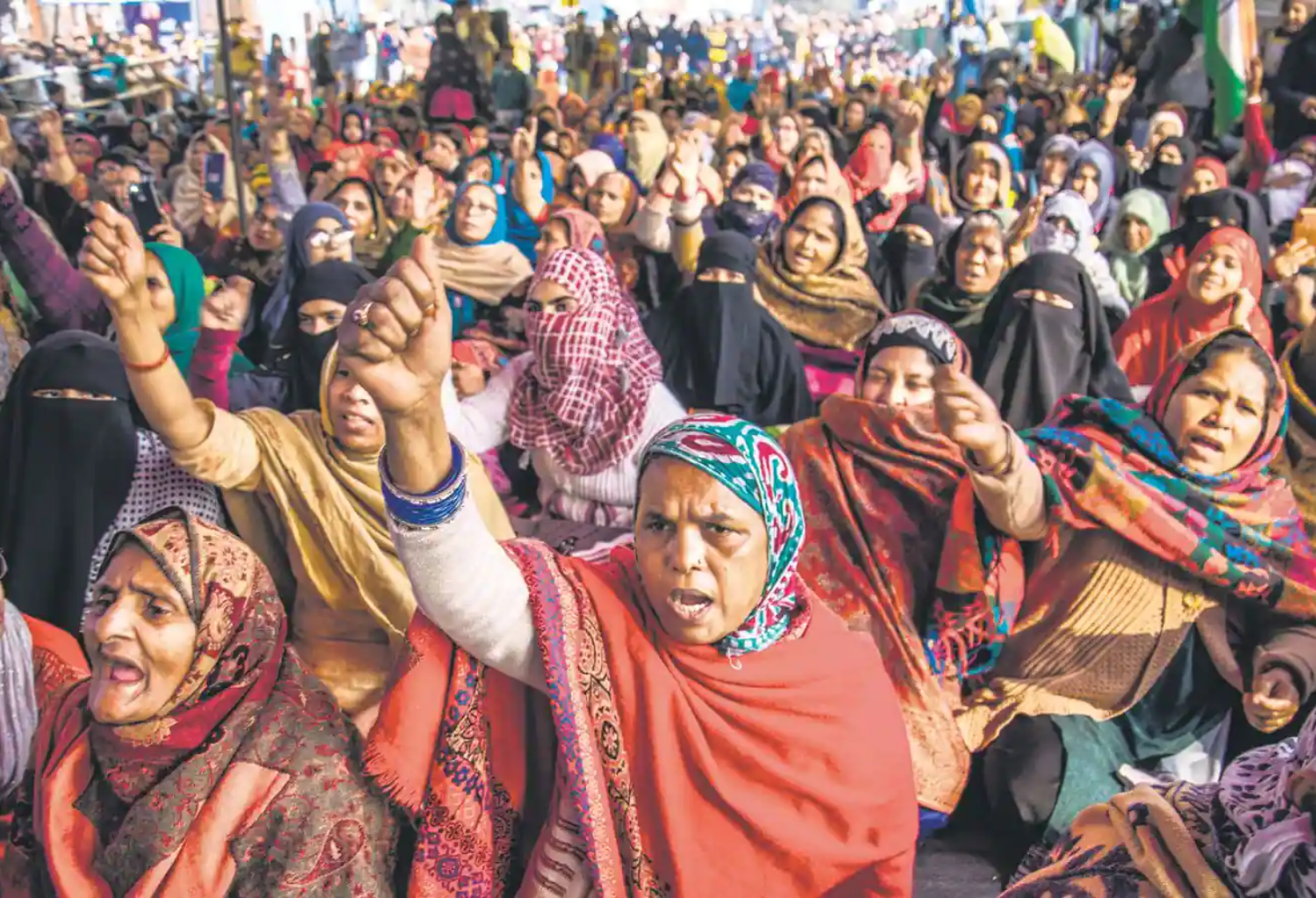
In Israel, two women’s groups, “Parents Against Silence” and “Women Against the Invasion of Lebanon”, campaigned against the Israeli invasion of Lebanon from the late 1990s. However, the media coverage and public discourse centering these groups was starkly contrasting due to their nature. The former, which was also referred to as “Mothers Against Silence” by the Israeli public, disassociated itself from feminism and insisted that it was made up of “simply mothers (and fathers) worried about their sons in combat”. This emphasis on the group’s primary “purposeful” role as parents, specifically mothers, helped the group gain public sympathy. On the contrary, “Women Against the Invasion of Lebanon” which consisted of women who had been active in the Israeli feminist movement was subject to public hostility. While on the one hand, the usage of traditional feminine frames legitimises women’s movements, on the other it creates a space for delegitimising dissent on the same grounds. This discourse of delegitimization is based on the dualistic traditional belief that links rationality to masculinity and emotionality to women. Moreover, due to patriarchal beliefs and lack of access to public facilities, women are relegated to secondary roles that impede their ability to steer the narrative.
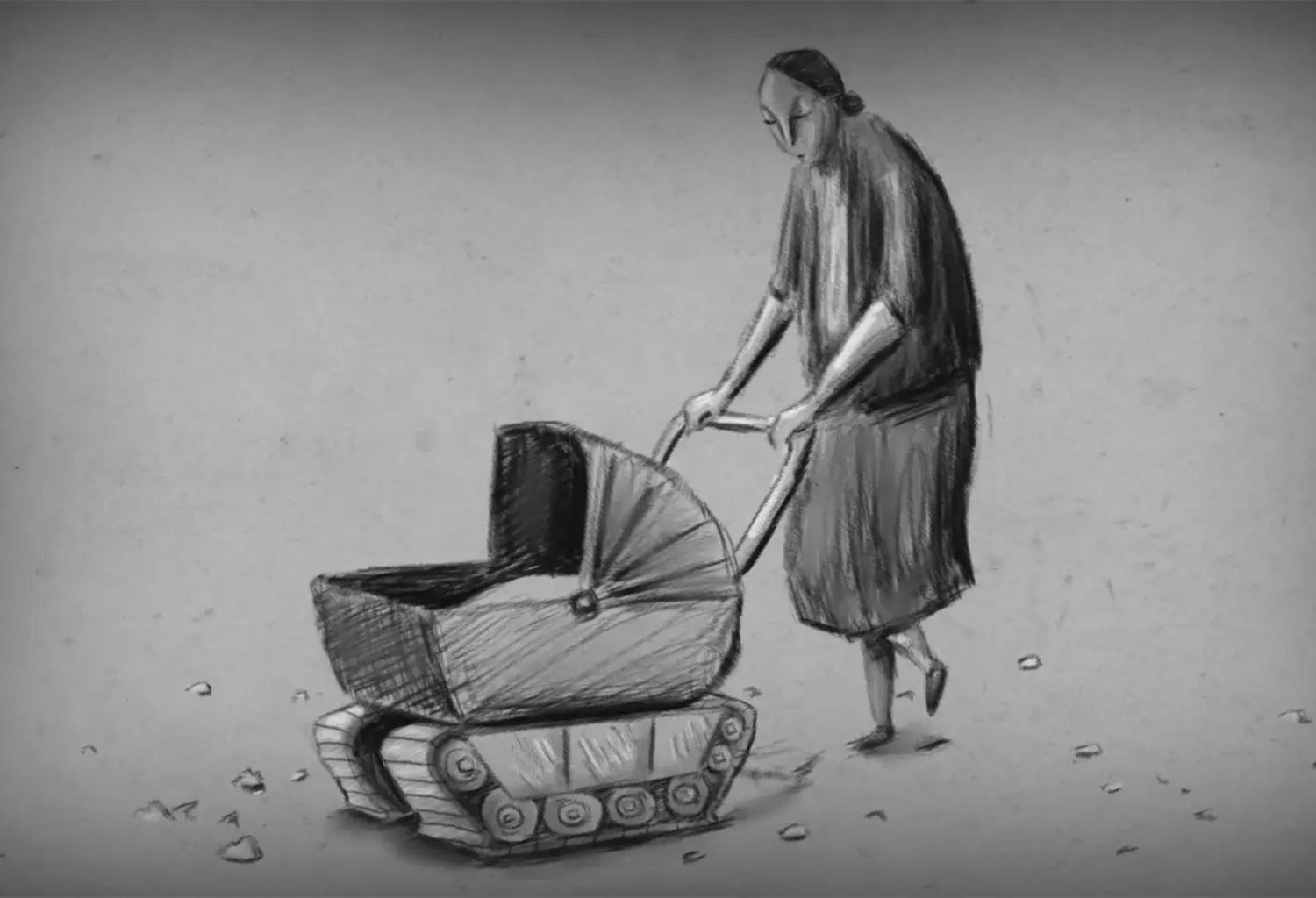
By equating “non-purposeful” access to public spaces with sexual availability, dominant discourses justify sexual violence that women frequently experience in such spaces. Hence, women are tasked with producing “respectability” with Dalit, Bahujan, Adivasi, Vimukta (DBA), Muslim, and LGBTQIA women being subjected to additional restrictions in expression. For example, the notion of contamination is prevalent in spaces such as malls, café, nightclubs, etc. with middle class women or private women being viewed as needing to be protected, and lower class/poor men and women being viewed as the ones they need protection from. Individuals are expected to perform their class identity to be able to access these spaces, and often, lower class men and women can only access these spaces in the role of employees. Sameera Khan notes that Muslim women’s access to public spaces is reasonably coloured by both their religious and gender identities. As such, Muslim women are required to produce an air of respectability that provides security both within their community as well as outside of it. Their access to public spaces is further restricted by the policing by their own community that wants them shielded from the violence perpetrated by dominant groups.
What’s more, state agents are often perpetrators, if not enablers, of sexual violence against dissenting women. Globally, women protestors have been strip-searched, harassed, groped, sexually abused, and raped by police officials and other security forces. Similarly, women from marginalized communities in India are punished for political participation through sexual violence.
Women’s unabashed inhabitation of public spaces is hindered by the severe lack of facilities for women, with differently abled women experiencing greater obstacles. As was witnessed during the recent farmer protests, several female protestors struggled with sanitation issues with very few mobile toilets available. In addition to increased needs due to menstruation, women found it difficult to access the few mobile toilets installed at the protest site because of privacy concerns. Consequently, women were forced to spend limited amounts of time at the protest site. According to a 2019 survey, there are only 381 public toilets for women, in contrast to the 6,568 toilets and 2,849 urinals for men in the city. This means, there is only 1 public toilet for roughly 15, 000 women.
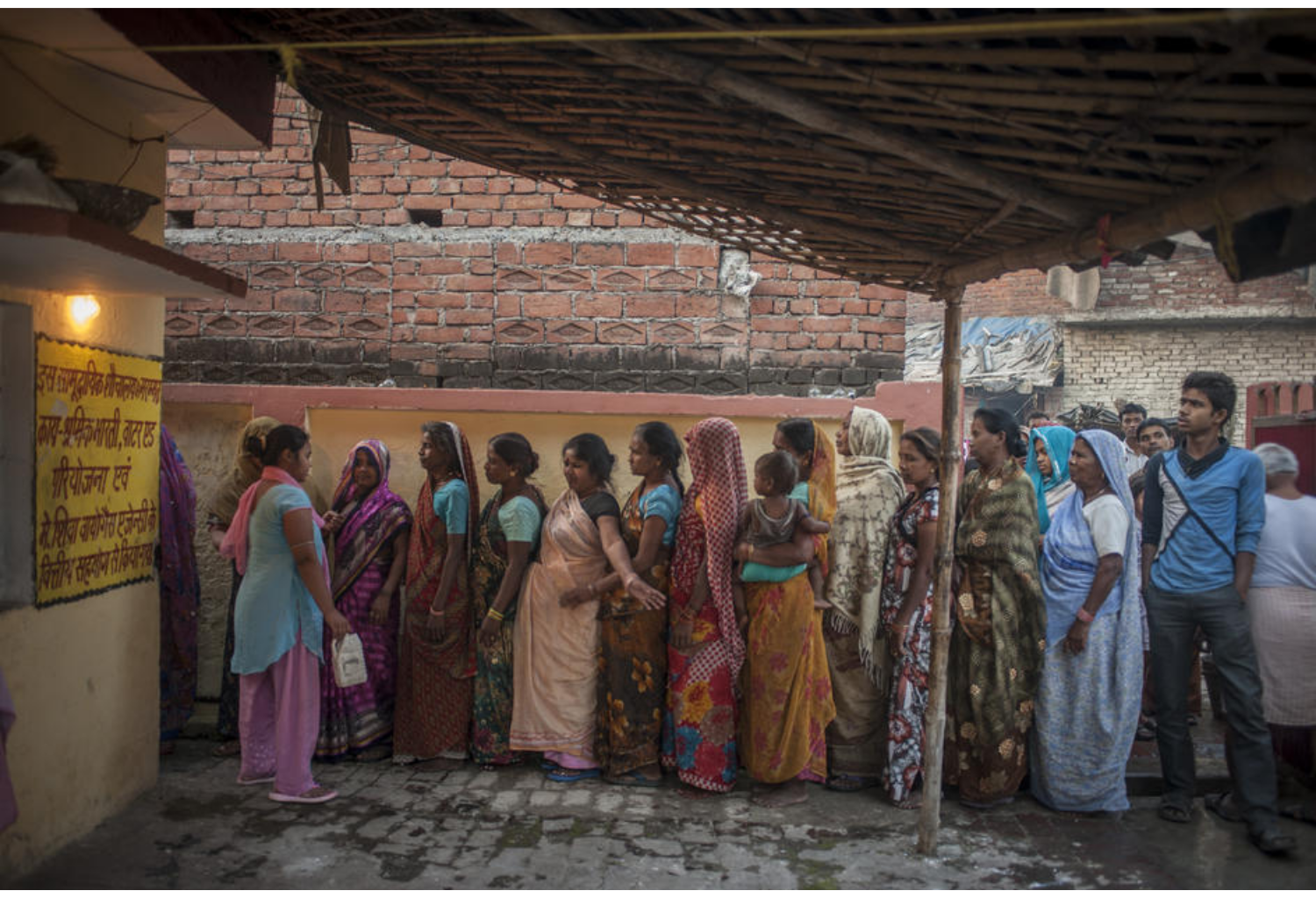
The ideals instilled during women’s socialization in the world emphasize and thus, manifest, a reality wherein the public space, and by extension, the ability to dissent in these spaces is a privilege for non-cishet male identities, rather than a right. The gendered division of labor affects women’s ability to engage with the public political realm. As a consequence, women were found to be marginalized in formal politics, but over-represented in early mobilization, before the institutionalization of these movements. Furthermore, this representation of women in such grassroots movements wasn’t recognized as political. In her essay 'Women and Toxic Waste Protests: Race, Class and Gender as Resources of Resistance', Celene Krauss highlights the role of race and gender in environmental justice protests and says:
“Grassroot protest activities have often been trivialized, ignored and viewed as self-interested actions that are particularistic and parochial, failing to go beyond a single-issue focus.”
There is little doubt that dissent, either as a performance of citizenship or as a deviant activity, is greatly influenced by the gender of the dissenter. As such, the causes, motivations, methods, responses, and implications of dissent are gendered as well.
*The term “women” here is inclusive of cis, trans, and queer identities.




